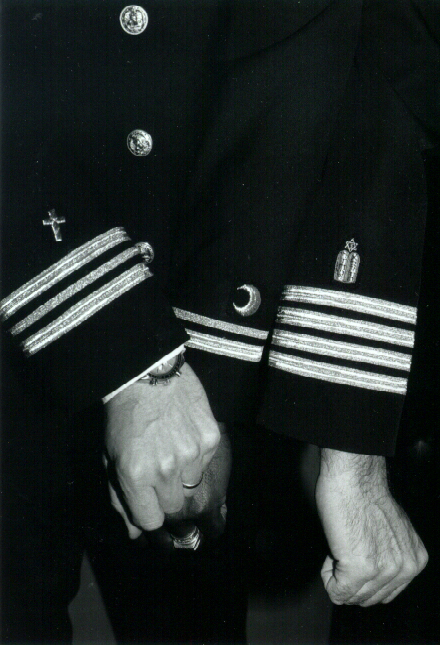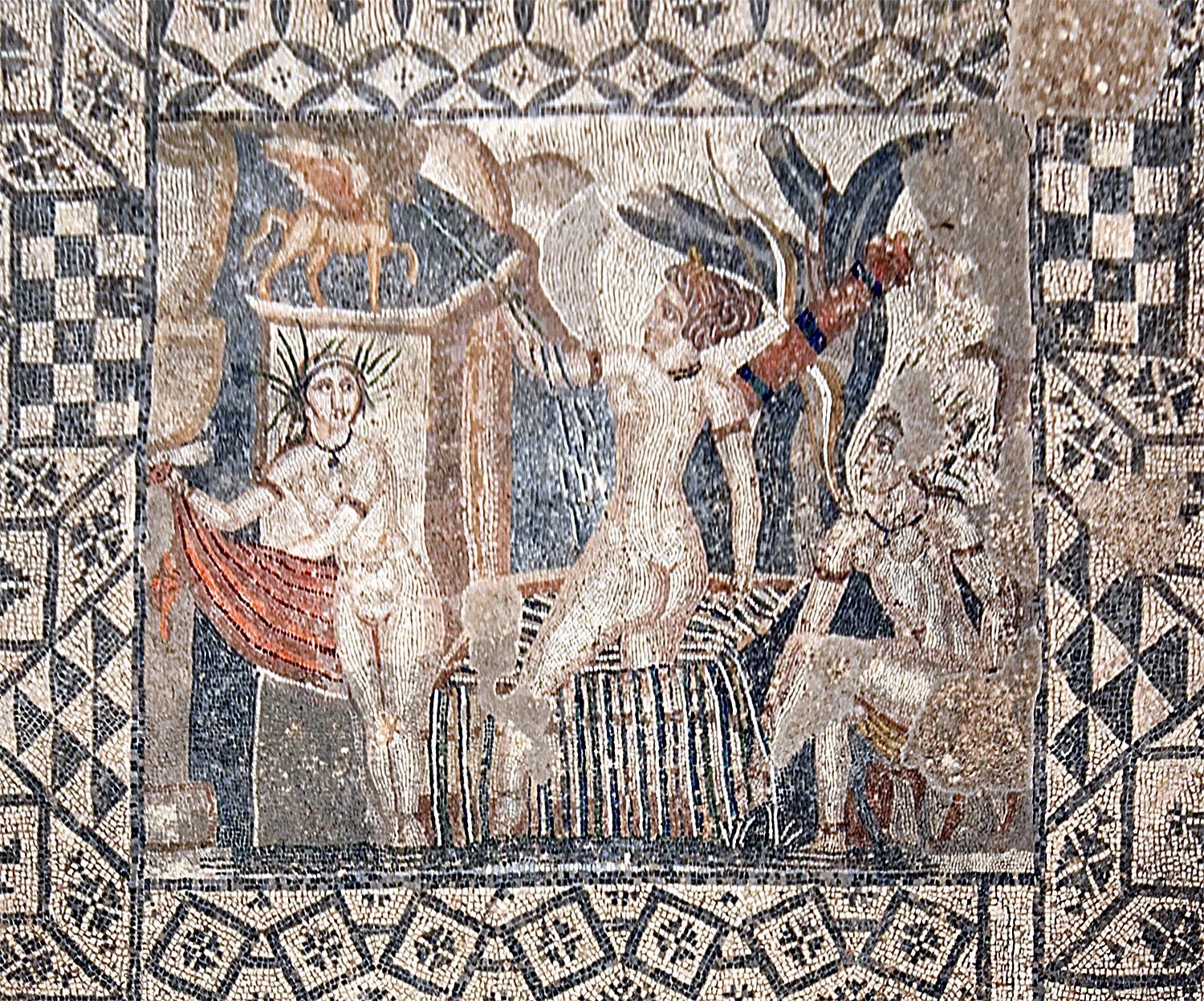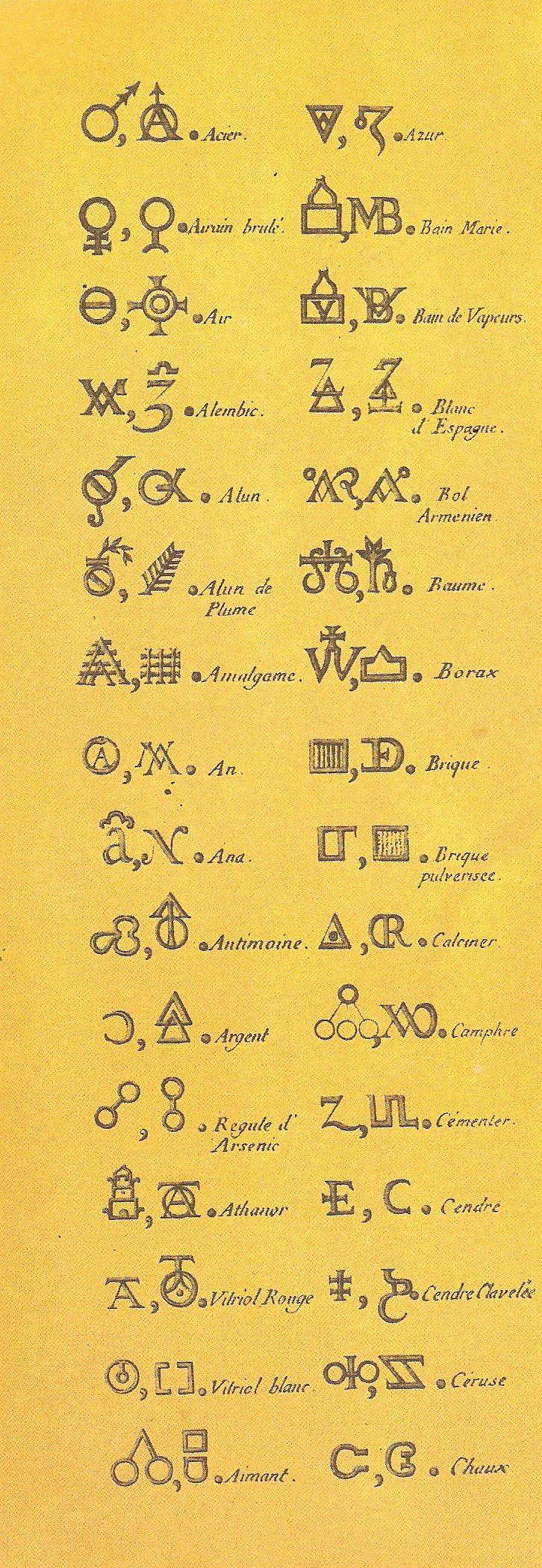|
Crescent
A crescent shape (, ) is a symbol or emblem used to represent the lunar phase (as it appears in the northern hemisphere) in the first quarter (the "sickle moon"), or by extension a symbol representing the Moon itself. In Hindu iconography, Hindu Iconography, Shiva is often shown wearing a crescent moon on his head, symbolising his control over time, as well as his attributes of both creation and destruction. It is used as the astrological symbol for Moon (astrology), the Moon, and hence as the alchemical symbol for silver. It was also the emblem of Diana (mythology), Diana/Artemis, and hence represented virginity. In veneration of Mary in the Catholic Church, it is associated with Mary, mother of Jesus. From its use as roof finial in Ottoman architecture, Ottoman mosques, it has also become associated with Islam, and the crescent was introduced as Religious symbolism in the United States military#Muslim, chaplain badge for Muslim United States military chaplains in 1993.On Dece ... [...More Info...] [...Related Items...] OR: [Wikipedia] [Google] [Baidu] |
Moon
The Moon is Earth's only natural satellite. It Orbit of the Moon, orbits around Earth at Lunar distance, an average distance of (; about 30 times Earth diameter, Earth's diameter). The Moon rotation, rotates, with a rotation period (lunar day) that is synchronized to its orbital period (Lunar month#Synodic month, lunar month) of 29.5 Earth days. This is the product of Earth's gravitation having tidal forces, tidally pulled on the Moon until one part of it stopped rotating away from the near side of the Moon, near side, making always the same lunar surface face Earth. Conversley, the gravitational pull of the Moon, on Earth, is the main driver of Earth's tides. In geophysical definition of planet, geophysical terms, the Moon is a planetary-mass object or satellite planet. Its mass is 1.2% that of the Earth, and its diameter is , roughly one-quarter of Earth's (about as wide as the contiguous United States). Within the Solar System, it is the List of Solar System objects by ... [...More Info...] [...Related Items...] OR: [Wikipedia] [Google] [Baidu] |
Lunar Phase
A lunar phase or Moon phase is the apparent shape of the Moon's directly sunlit portion as viewed from the Earth. Because the Moon is tidally locked with the Earth, the same hemisphere is always facing the Earth. In common usage, the four major phases are the new moon, the first quarter, the full moon and the last quarter; the four minor phases are waxing crescent, waxing gibbous, waning gibbous, and waning crescent. A lunar month is the time between successive recurrences of the same phase: due to the eccentricity of the Moon's orbit, this duration is not perfectly constant but averages about 29.5 days. The appearance of the Moon (its phase) gradually changes over a lunar month as the relative orbital positions of the Moon around Earth, and Earth around the Sun, shift. The visible side of the Moon is sunlit to varying extents, depending on the position of the Moon in its orbit, with the sunlit portion varying from 0% (at new moon) to nearly 100% (at full moon). Phenomenon ... [...More Info...] [...Related Items...] OR: [Wikipedia] [Google] [Baidu] |
Astrological Symbol
Historically, astrological and astronomical symbols have overlapped. Frequently used symbols include signs of the zodiac and classical planets. These originate from medieval Byzantine codices. Their current form is a product of the European Renaissance astrology, Renaissance. Other symbols for astrological aspects are used in various astrological traditions. History and origin Symbols for the classical planets, zodiac signs, aspects, lots, and the lunar nodes appear in the medieval Byzantine codices in which many ancient horoscopes were preserved. In the original papyri of these Greek horoscopes, there was a circle with the glyph representing shine () for the Sun; and a crescent for the Moon. Classical planets The written symbols for Mercury, Venus, Jupiter, and Saturn have been traced to forms found in late Classical Greek papyri. The symbols for Jupiter and Saturn are monograms of the initial letters of the corresponding Greek names, and the symbol for Mercury is a stylize ... [...More Info...] [...Related Items...] OR: [Wikipedia] [Google] [Baidu] |
Moon (astrology)
In astrology, planets have a meaning different from the astronomical understanding of definition of planet, what a planet is. Before the scientific revolution, age of telescopes, the night sky was thought to consist of two similar components: fixed stars, which remained motionless in relation to each other, and moving objects/"Classical planet, wandering stars" (), which moved relative to the fixed stars over the course of the year(s). To the Ancient Greeks who learned from the Babylonians, the earliest astronomers/astrologers, this group consisted of the five planets visible to the naked eye and excluded Earth, plus the Sun and Moon. Although the Greek term ''planet'' applied mostly to the five 'wandering stars', the ancients included the Sun and Moon as the ''Sacred 7 Luminaires/7 Heavens'' (sometimes referred to as "Lights",) making a total of 7 planets. The ancient Babylonians, Greeks, Persians, Romans, Medieval Christians, and others thought of the 7 Classical Planets, class ... [...More Info...] [...Related Items...] OR: [Wikipedia] [Google] [Baidu] |
Religious Symbolism In The United States Military
Religious symbolism in the United States military includes the use of religious symbols for military chaplain insignia, uniforms, emblems, flags, and chapels; symbolic gestures, actions, and words used in military rituals and ceremonies; and religious symbols or designations used in areas such as headstones and markers in national cemeteries, and military ID tags (" dog tags"). Symbolism sometimes includes specific images included or excluded because of religious reasons, choices involving colors with religious significance, and "religious accommodation" policies regarding the wear of "religious apparel" and "grooming" (such as "unshorn" hair and beards worn for religious reasons) with military uniforms. Additionally, military chaplains themselves are sometimes regarded as "symbols of faith" for military personnel who face challenges to their faith and values. [...More Info...] [...Related Items...] OR: [Wikipedia] [Google] [Baidu] |
Astrology And Alchemy
A classical planet is an astronomical object that is visible to the naked eye and moves across the sky and its backdrop of fixed stars (the common stars which seem still in contrast to the planets), appearing as wandering stars. Visible to humans on Earth there are seven classical planets (the seven luminaries). They are from brightest to dimmest: the Sun, the Moon, Venus, Jupiter, Mercury, Mars and Saturn. Greek astronomers such as Geminus and Ptolemy recorded these classical planets during classical antiquity, introducing the term ''planet'', which means 'wanderer' in Greek ( and ), expressing the fact that these objects move across the celestial sphere relative to the fixed stars. Therefore, the Greeks were the first to document the astrological connections to the planets' visual detail. Through the use of telescopes other celestial objects like the classical planets were found, starting with the Galilean moons in 1610. Today the term ''planet'' is used considerably diff ... [...More Info...] [...Related Items...] OR: [Wikipedia] [Google] [Baidu] |
Artemis
In ancient Greek religion and Greek mythology, mythology, Artemis (; ) is the goddess of the hunting, hunt, the wilderness, wild animals, transitions, nature, vegetation, childbirth, Kourotrophos, care of children, and chastity. In later times, she was identified with Selene, the Lunar deity, personification of the Moon.Smiths.v. Artemis/ref> She was often said to roam the forests and mountains, attended by her entourage of nymphs. The goddess Diana (mythology), Diana is her Religion in ancient Rome, Roman equivalent. In Greek tradition, Artemis is the daughter of Zeus and Leto, and twin sister of Apollo. In most accounts, the twins are the products of an extramarital liaison. For this, Zeus' wife Hera forbade Leto from giving birth anywhere on solid land. Only the island of Delos gave refuge to Leto, allowing her to give birth to her children. In one account, Artemis is born first and then proceeds to assist Leto in the birth of the second twin, Apollo. Artemis was a kouro ... [...More Info...] [...Related Items...] OR: [Wikipedia] [Google] [Baidu] |
Diana (mythology)
Diana is a goddess in Religion in ancient Rome, Roman religion, primarily considered a patroness of the countryside and nature, hunters, wildlife, childbirth, crossroads, the night, and the Moon. She is Syncretism, equated with the Greek mythology, Greek goddess Artemis, and absorbed much of Artemis' mythology early in Roman history, including a birth on the island of Delos to parents Jupiter (mythology), Jupiter and Latona, and a twin brother, Apollo,''Larousse Desk Reference Encyclopedia'', The Book People, Haydock, 1995, p. 215. though she had Diana Nemorensis, an independent origin in Italy. Diana is considered a virgin goddess and protector of childbirth. Historically, Diana made up a triad with two other Roman deities: Egeria (mythology), Egeria the water nymph, her servant and assistant midwife; and Virbius, the woodland god. Diana is revered in modern Modern paganism, neopagan religions including Reconstructionist Roman religion, Roman neopaganism, Stregheria, and Wic ... [...More Info...] [...Related Items...] OR: [Wikipedia] [Google] [Baidu] |
Alchemical Symbol
Alchemical symbols were used to denote chemical elements and compounds, as well as alchemy, alchemical apparatus and processes, until the 18th century. Although notation was partly standardized, style and symbol varied between alchemists. Lüdy-Tenger published an inventory of 3,695 symbols and variants, and that was not exhaustive, omitting for example many of the symbols used by Isaac Newton. This page therefore lists only the most common symbols. Three primes According to Paracelsus (1493–1541), the three primes or ''tria prima'' – of which material substances are immediately composed – are: * Sulfur or soul, the principle of combustibility: 🜍 () * Mercury (element), Mercury or Spirit (animating force), spirit, the principle of fusibility and Volatility (chemistry), volatility: ☿ () * Salt (chemistry), Salt or Physical object, body, the principle of non-combustibility and non-volatility: 🜔 () Four basic elements Western alchemy makes use of the four classical ... [...More Info...] [...Related Items...] OR: [Wikipedia] [Google] [Baidu] |
Shiva
Shiva (; , ), also known as Mahadeva (; , , Help:IPA/Sanskrit, [mɐɦaːd̪eːʋɐh]) and Hara, is one of the Hindu deities, principal deities of Hinduism. He is the God in Hinduism, Supreme Being in Shaivism, one of the major traditions within Hinduism. Shiva is known as ''The Destroyer'' within the Trimurti, the Hinduism, Hindu trinity which also includes Brahma and Vishnu. In the Shaivite tradition, Shiva is the Supreme Lord who creates, protects and transforms the universe. In the goddess-oriented Shaktism, Shakta tradition, the Supreme Goddess (Devi) is regarded as the energy and creative power (Shakti) and the equal complementary partner of Shiva. Shiva is one of the five equivalent deities in Panchayatana puja of the Smarta Tradition, Smarta tradition of Hinduism. Shiva has many aspects, benevolent as well as fearsome. In benevolent aspects, he is depicted as an Omniscience, omniscient yogi who lives an Asceticism#Hinduism, ascetic life on Kailasa as well as a house ... [...More Info...] [...Related Items...] OR: [Wikipedia] [Google] [Baidu] |
Emblem
An emblem is an abstract art, abstract or representational pictorial image that represents a concept, like a moral truth, or an allegory, or a person, like a monarch or saint. Emblems vs. symbols Although the words ''emblem'' and ''symbol'' are often used interchangeably, an emblem is a pattern that is used to represent an idea or an individual. An emblem develops in concrete, visual terms some abstraction: a deity, a tribe or nation, or a virtue or vice. An emblem may be worn or otherwise used as an identifying badge or Embroidered patch, patch. For example, in America, police officers' badges refer to their personal metal emblem whereas their woven emblems on uniforms identify members of a particular unit. A real or metal Cockle (bivalve), cockle shell, the emblem of St James the Great, James the Great, sewn onto the hat or clothes, identified a medieval pilgrim to his shrine at Santiago de Compostela. In the Middle Ages, many saints were given emblems, which served to ide ... [...More Info...] [...Related Items...] OR: [Wikipedia] [Google] [Baidu] |








